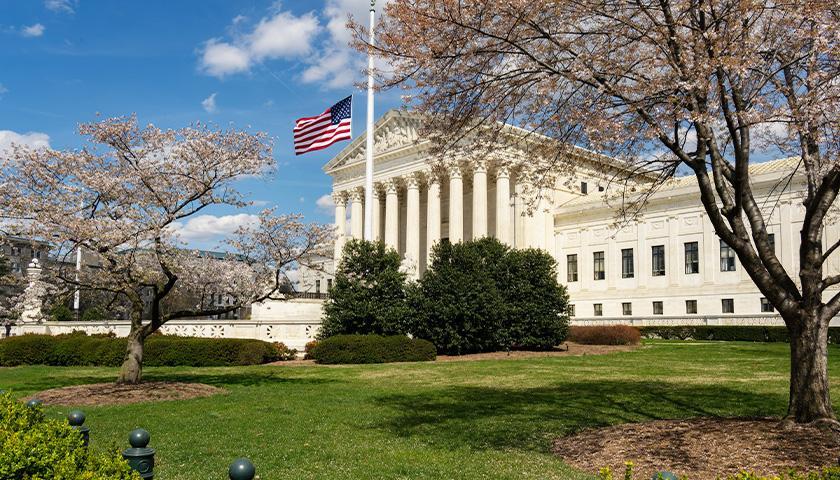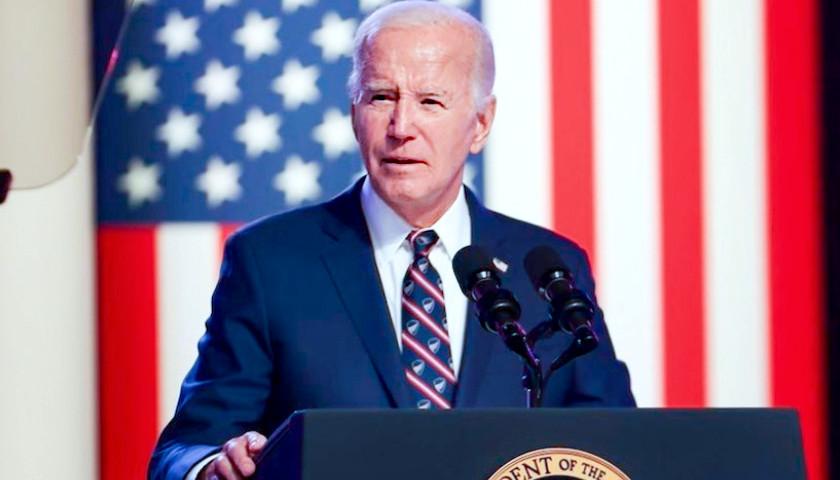The U.S. Supreme Court ruled that Ohio’s highest court must reconsider the congressional districting of the state that the Ohio Supreme Court previously ruled unlawful.
The U.S. Supreme Court issued a summary judgment, a decision made without listening to oral arguments, reversing the Ohio Supreme Court’s judgment from last July that the congressional districting process unfairly favored the Republican Party.
Last year, the Ohio Supreme Court rejected maps produced by Ohio’s Redistricting Commission on numerous occasions.
The Ohio Supreme Court rejected the more recent of two congressional maps created by Republicans in July. Ohio used the earlier GOP-designed map for its 2022 primary and won’t be using an updated map until 2024. Every ten years, the Redistricting Commission redraws the legislative and congressional maps to reflect demographic changes following the U.S. Census.
Democrats have complained that they believe Ohio’s 15 U.S. House seats are too heavily weighted in favor of Republicans, and the state court agreed with them. Ten of the seats are deemed secure holds for the GOP, while two of them are deemed safe holds for the Democrats. The remaining three seats are up for grabs. (Since Ohio’s population has not expanded at the same rate as the rest of America’s, the state will lose one of its 16 congressional districts.)
Republican state legislators appealed the Supreme Court ruling on congressional redistricting to the U.S. Supreme Court in October. The lawmakers claimed that the Ohio Supreme Court’s decision was “fundamentally flawed.” The lawmakers claimed in their petition to the U.S. Supreme Court that the federal constitution gave state legislatures the sole authority to oversee elections without judicial oversight, a claim that the high court rejected and that the ruling of the court effectively prescribed election rules.
In 2021 and 2022, Governor Mike DeWine, the speaker of the Ohio House or his designee, the president of the Ohio Senate or his designee, a Democrat from each chamber of the Ohio legislature, Secretary of State Frank LaRose, and Ohio Auditor Keith Faber made up the seven members of the Ohio Redistricting Commission.
In the U.S. Supreme Court’s order, the Ohio Supreme Court, which is now presided over by a new Republican Chief Justice Sharon Kennedy, is to reexamine the constitutionality of the political map taking into consideration a recent ruling in a North Carolina case Moore v. Harper which rejected the “independent state legislature” theory that argues state legislatures can set election rules with little oversight from state courts.
According to Ohio Senate President Matt Huffman (R-Lima), the U.S. Supreme Court’s ruling pleases him.
“I’m pleased the U.S. Supreme Court granted our appeal which clearly recognized serious constitutional concerns with the narrow majority opinions rendered under the former Chief Justice. We are reviewing the U.S. Supreme Court’s message to determine the path forward,” Huffman said.
The constitution of Ohio forbids partisan gerrymandering, unlike the constitutions of other states or the federal government.
– – –
Hannah Poling is a lead reporter at The Ohio Star and The Star News Network. Follow Hannah on Twitter @HannahPoling1. Email tips to [email protected]
Photo “U.S. Supreme Court” by Joshua Woods.








